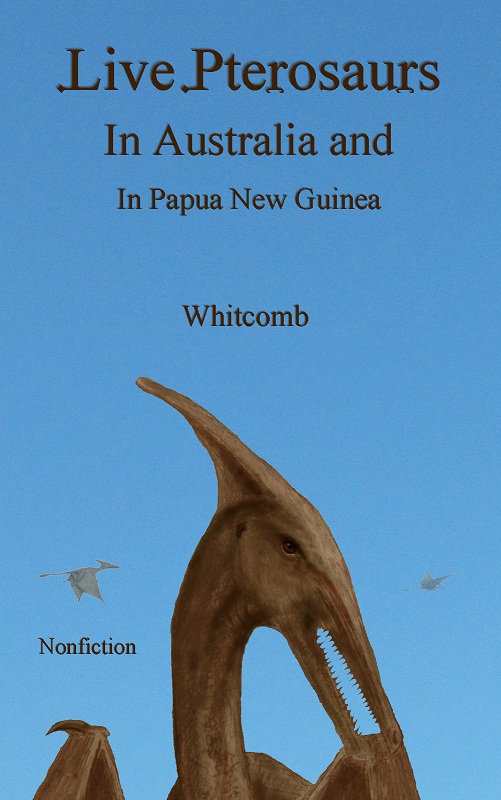Details are now available on ninety important sighting reports: apparent pterosaurs in the lower-48 states of the USA, with data compiled at the end of 2012. These many details had been unavailable to the public before now (June of 2015). Why? They could have been badly misinterpreted by some persons, with unjustified speculations about migrations. The data is now released with the precaution that at least the great majority of flight patterns are probably unrelated to anything involving migration.
Long Tails and Tail Flanges in Pterosaur Sightings
It seems that ropen-like featherless flying creatures dominate other apparent pterosaurs, by a ratio of ten-to-one, according to what eyewitnesses report about the presence or absence of a long tail. (All the data here revealed relates to sightings in 33 of the 48 contiguous states of the USA.)
A surprising 28% of the reports included some description of a structure at the end of the tail, sometimes called a “diamond” or “spade.” Considering how easy it would be to overlook such a structure or to have a poor viewing angle, it strongly supports that the long-tail reports are accurate. The great majority of sightings of apparent pterosaurs in the forty-eight contiguous states of the USA appear to be encounters with one or more species of extant Rhamphorhychoid pterosaurs.
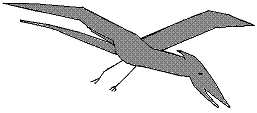
Sketch by the eyewitness Susan Wooten
See the Raw Data for Yourself
To see the data itself, right-click on the following link and choose “Open in new window,” and then left-click on the image itself:
Pterosaur sightings in 48-contiguous states
States With Multiple Sightings
Many of the thirty-three states had only one sighting report in the compiled database. The following states, however, had more than two:
California: 13
Texas: 10
Georgia: 7
Washington: 6
New York: 5
North Carolina: 4
Ohio: 3
How the Reports Were Chosen
Each report used in the data compilation was considered more likely than not to have come from an actual encounter with a modern living pterosaur. If a report appeared to have been probably from something other than a sighting of an actual living pterosaur, that report was left out, and the data was never included in the database.
Most of the reports were from eyewitnesses who were interviewed by Jonathan Whitcomb, but a minority involved other interviewers and other sources.
###
.
Pterosaur Sightings Data for USA
I now make my pterosaur-sightings data available to the public, from the compilations leading up to the end of 2012, for the forty-eight contiguous states of the USA, for the more credible reports. Out of the 128 sightings (worldwide) in that compilation, 90 were in the lower-forty-eight states.
Pterosaur Sightings in America
“ . . . my friend and I were canoeing in the creek accessed from my back yard, when we sighted a very strange creature that we had both thought to be a prehistoric bird. Immediately, I thought ‘pterodactyl.’ . . . no apparent feathers.”
Pterodactyl Sightings in America (in Virginia)
“It came from the direction of the moon . . . all I saw was its silhouette. I could see it was big even before it was close. It seemed like it crossed a great distance with only a few flaps of its wings . . . I have not before nor since ever been so petrified in my life. . . .”
Book: Live Pterosaurs in America
The ropen of Papua New Guinea might not be the only living pterosaur in the world. This book about apparent living pterosaurs in the United States could be even more shocking.
Living Pterosaurs of the United States
“I couldn’t put this book down. It is absolutely fascinating to read about eyewitness accounts of the people who have seen these creatures.” [book review of the second edition]
Non-Extinct Pterodactyls in the USA
I’ve communicated with only a few paleontologists over the past eleven years of my investigation. In general, a fossil expert will fight against the possibility of a modern pterosaur until an eventual admission emerges: He will admit there is a small chance that a species may have survived into the present.
An amateur astronomer, standing outside his New Mexico home, about 140 miles west of Lubbock, Texas, saw an apparent bioluminescent nocturnal pterosaur on September 1, 2014.
.
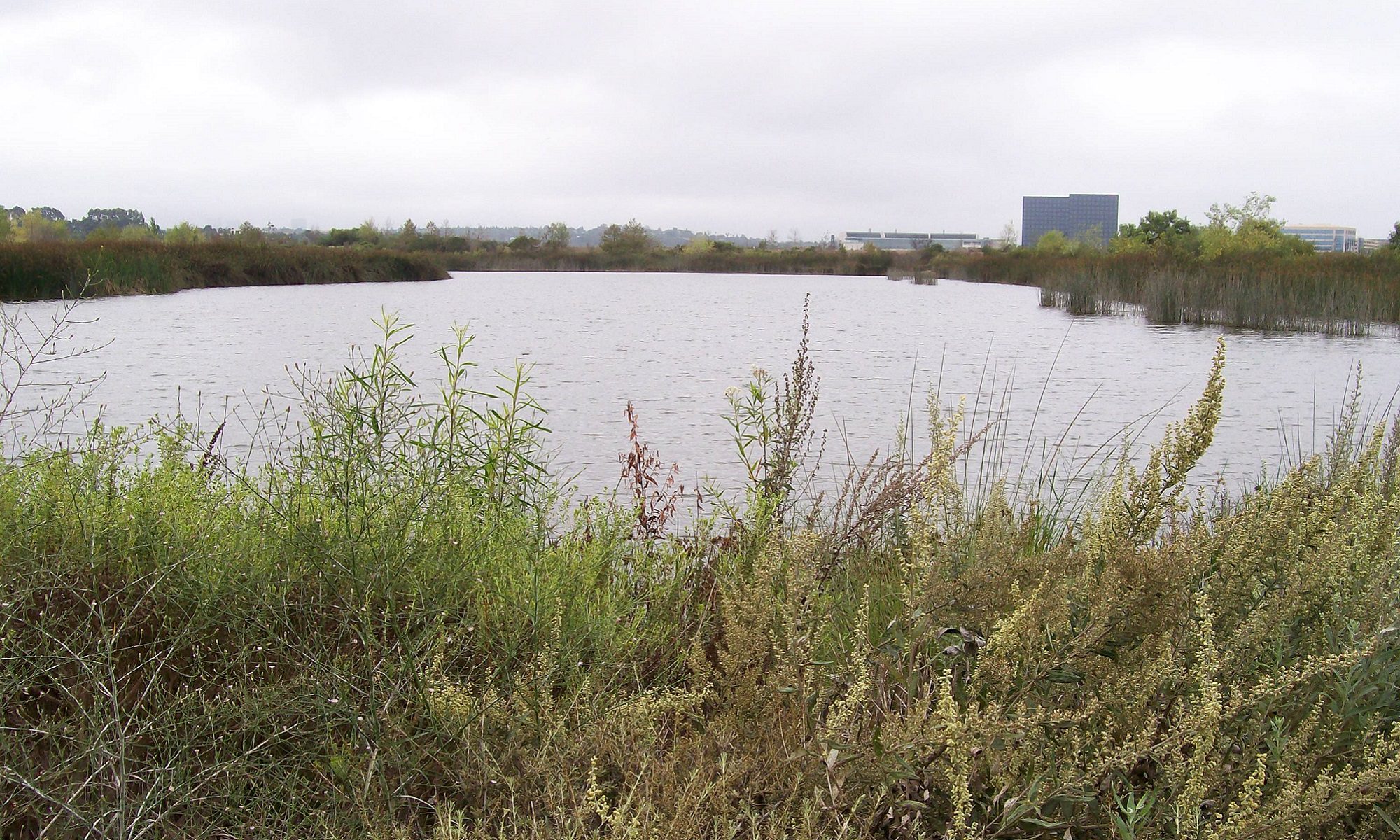


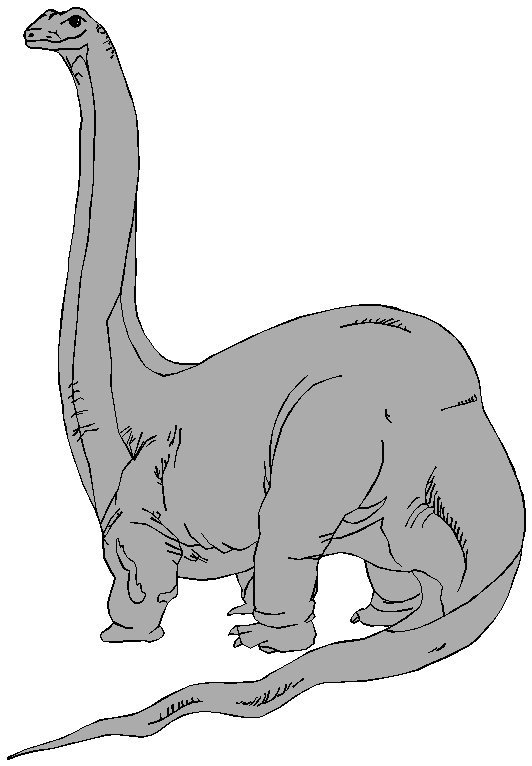

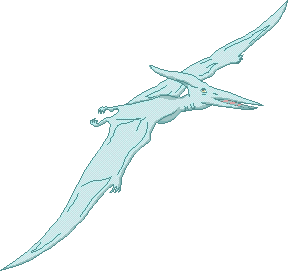
 This is much more like what both Americans and jungle natives actually see
This is much more like what both Americans and jungle natives actually see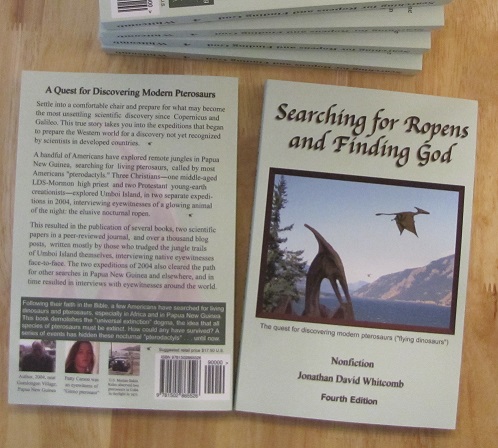
 Sling shots, gifts for villager leaders
Sling shots, gifts for villager leaders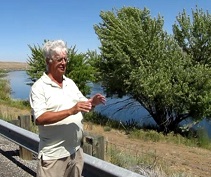
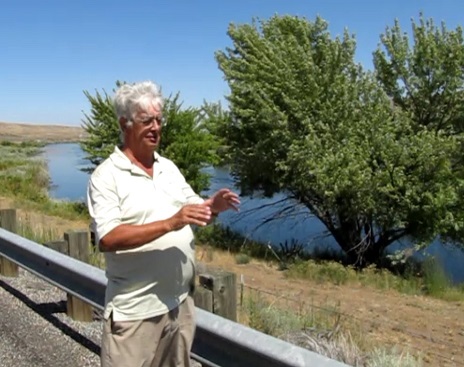 Peter Beach explains how the flying light left this tree at night
Peter Beach explains how the flying light left this tree at night